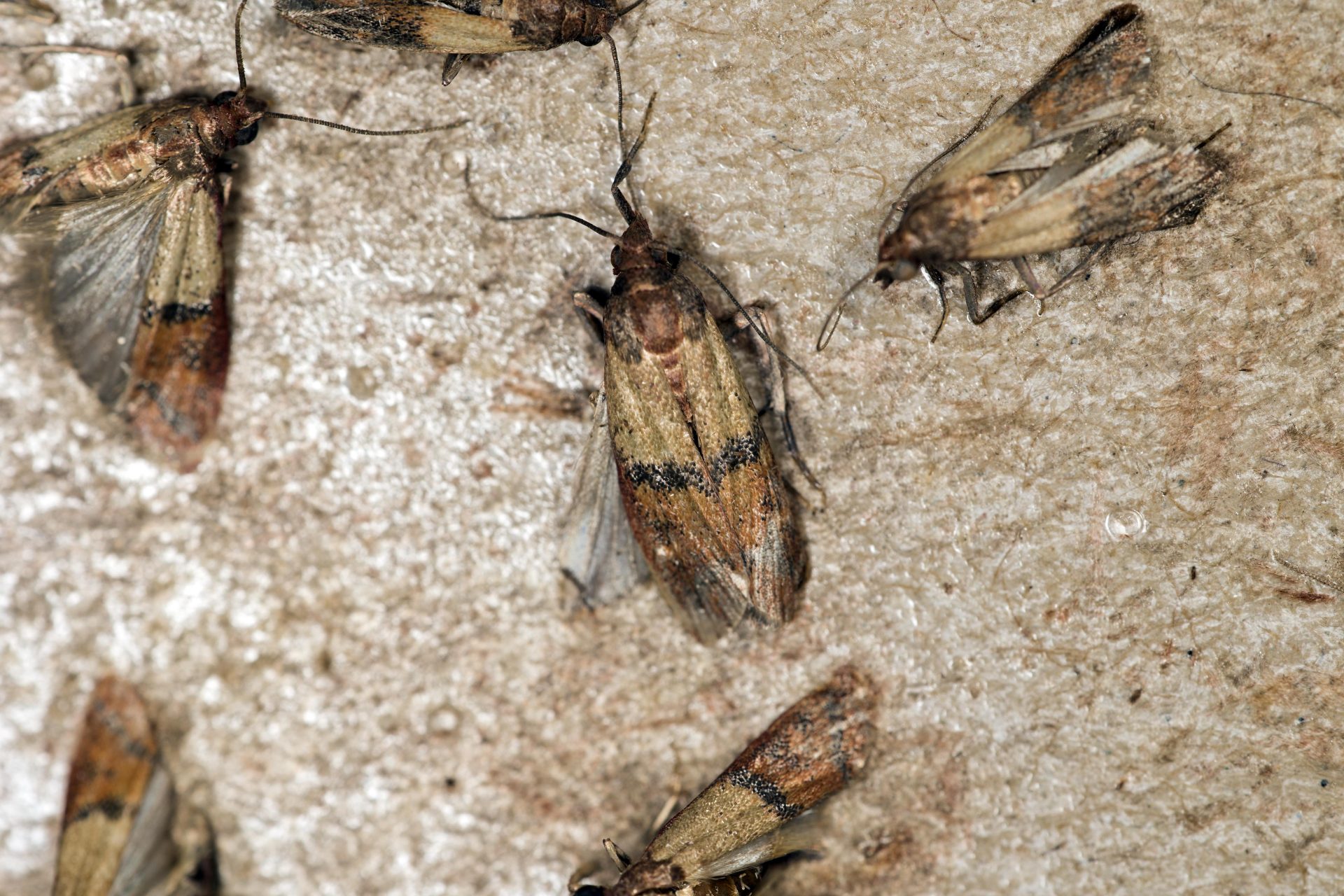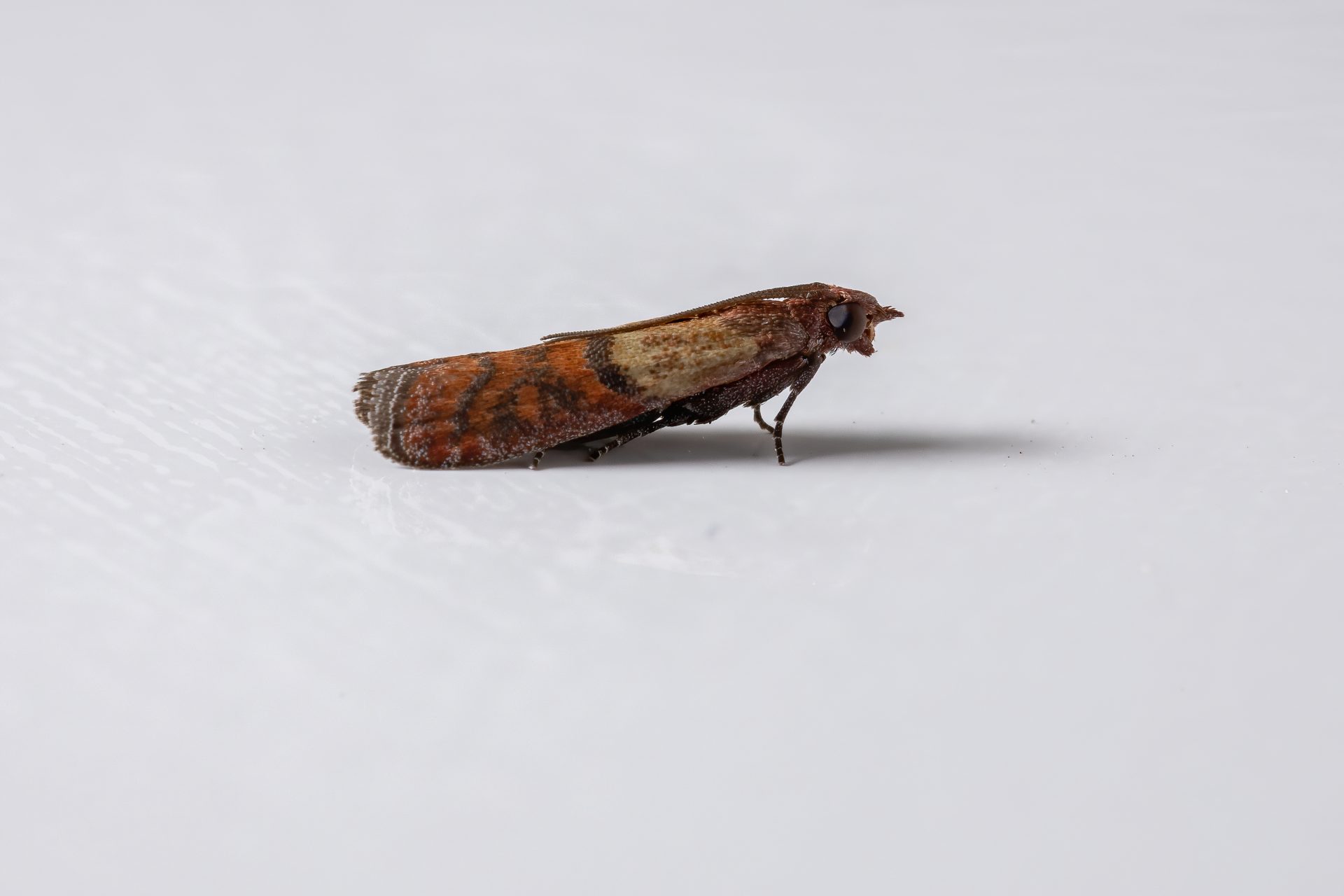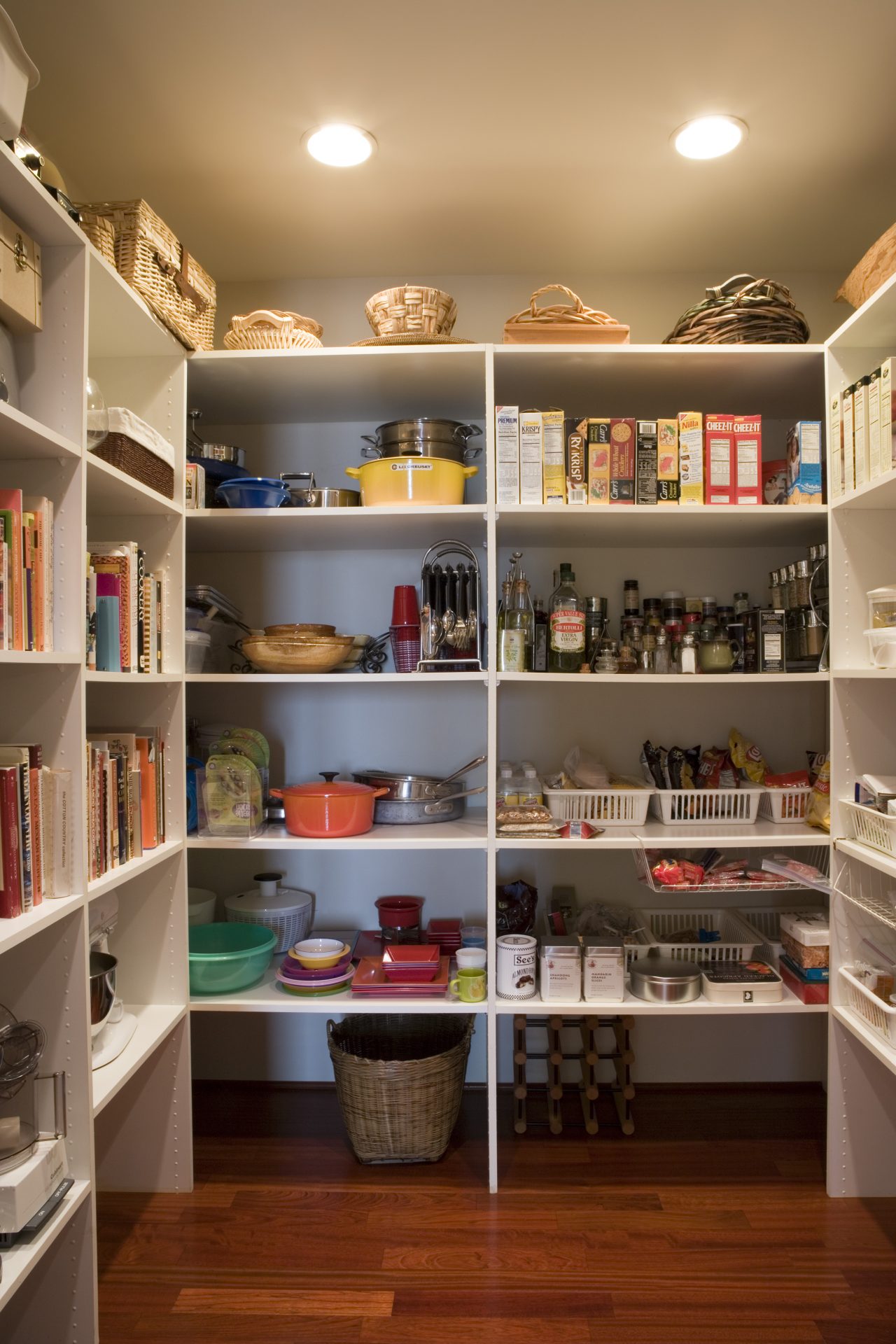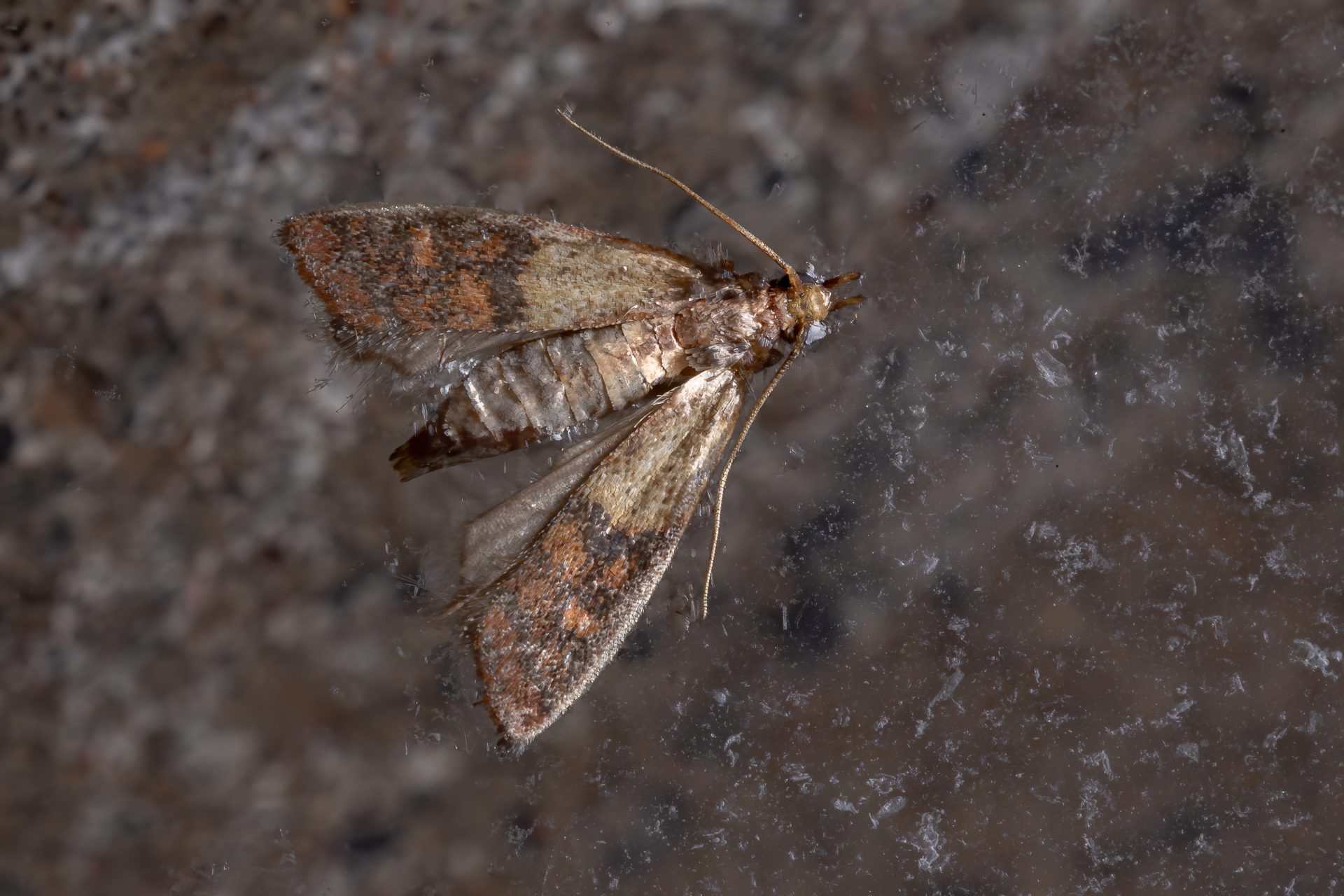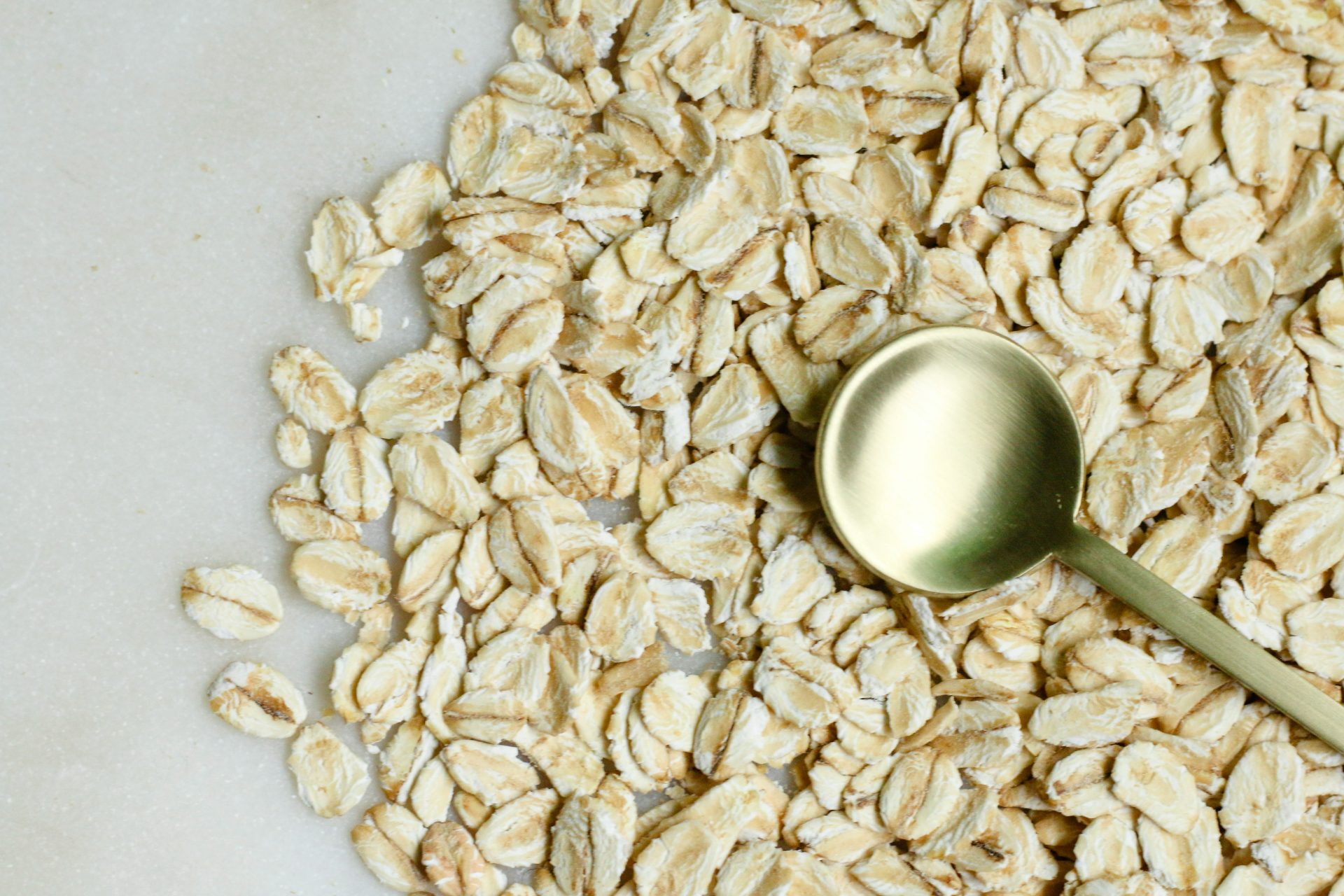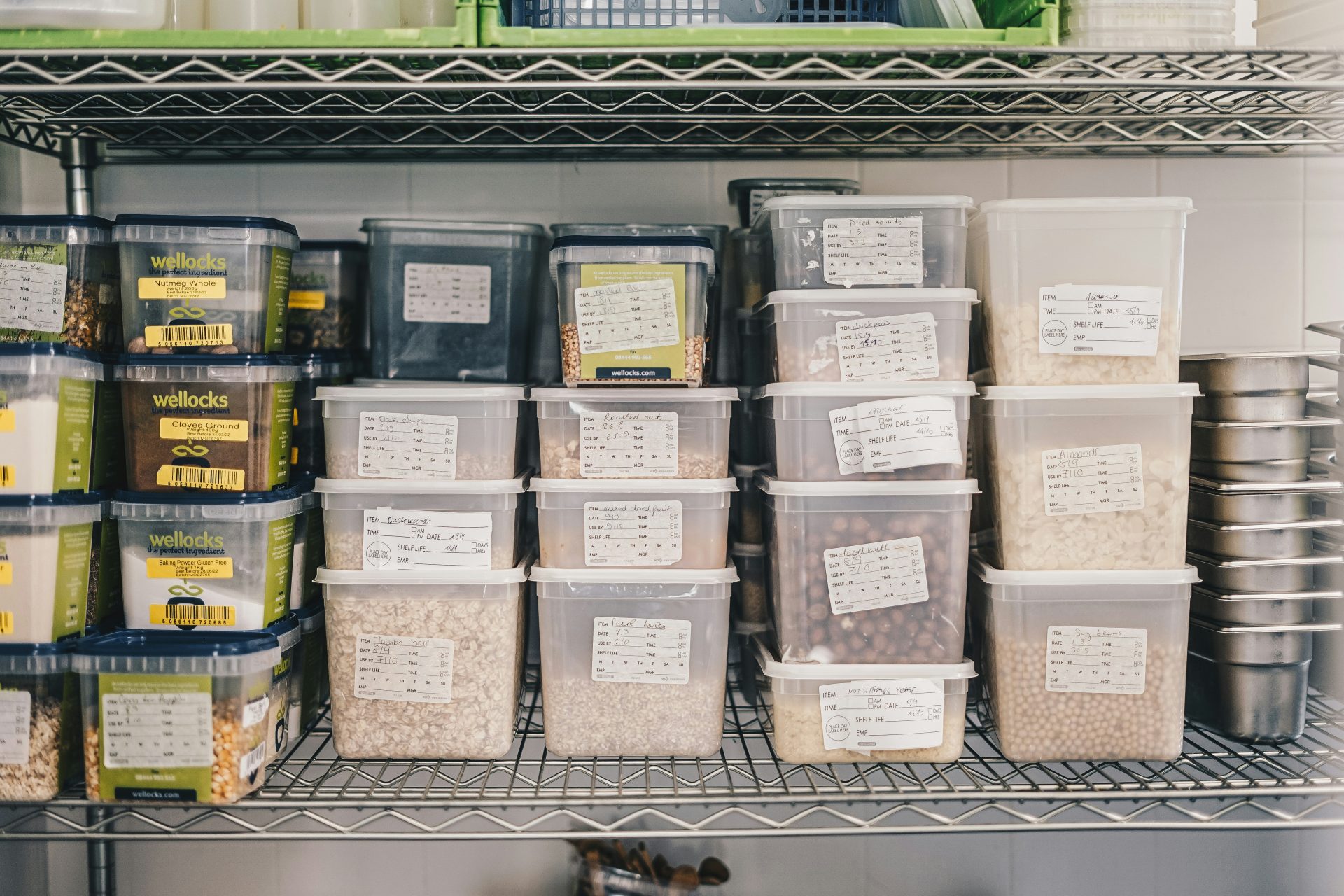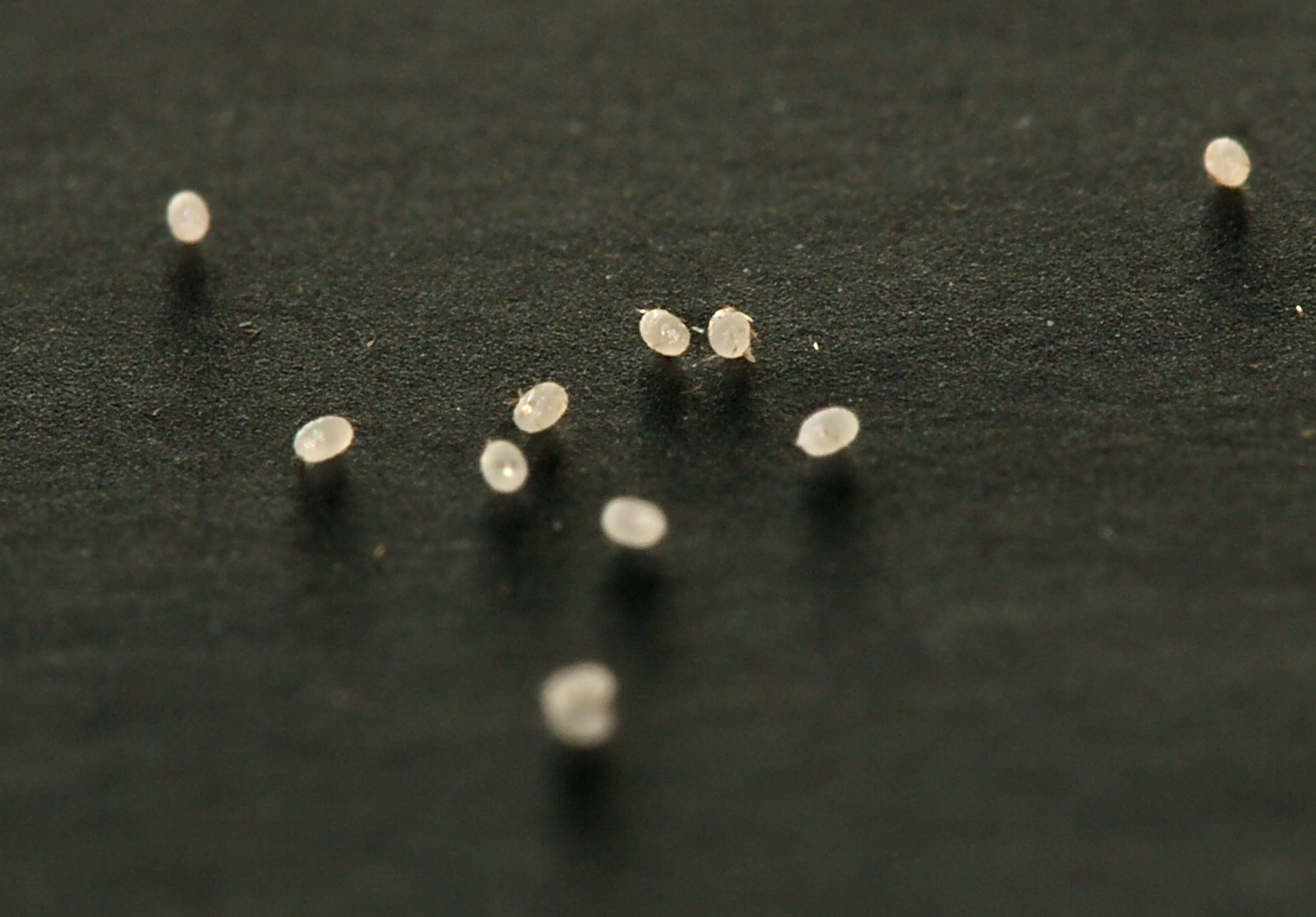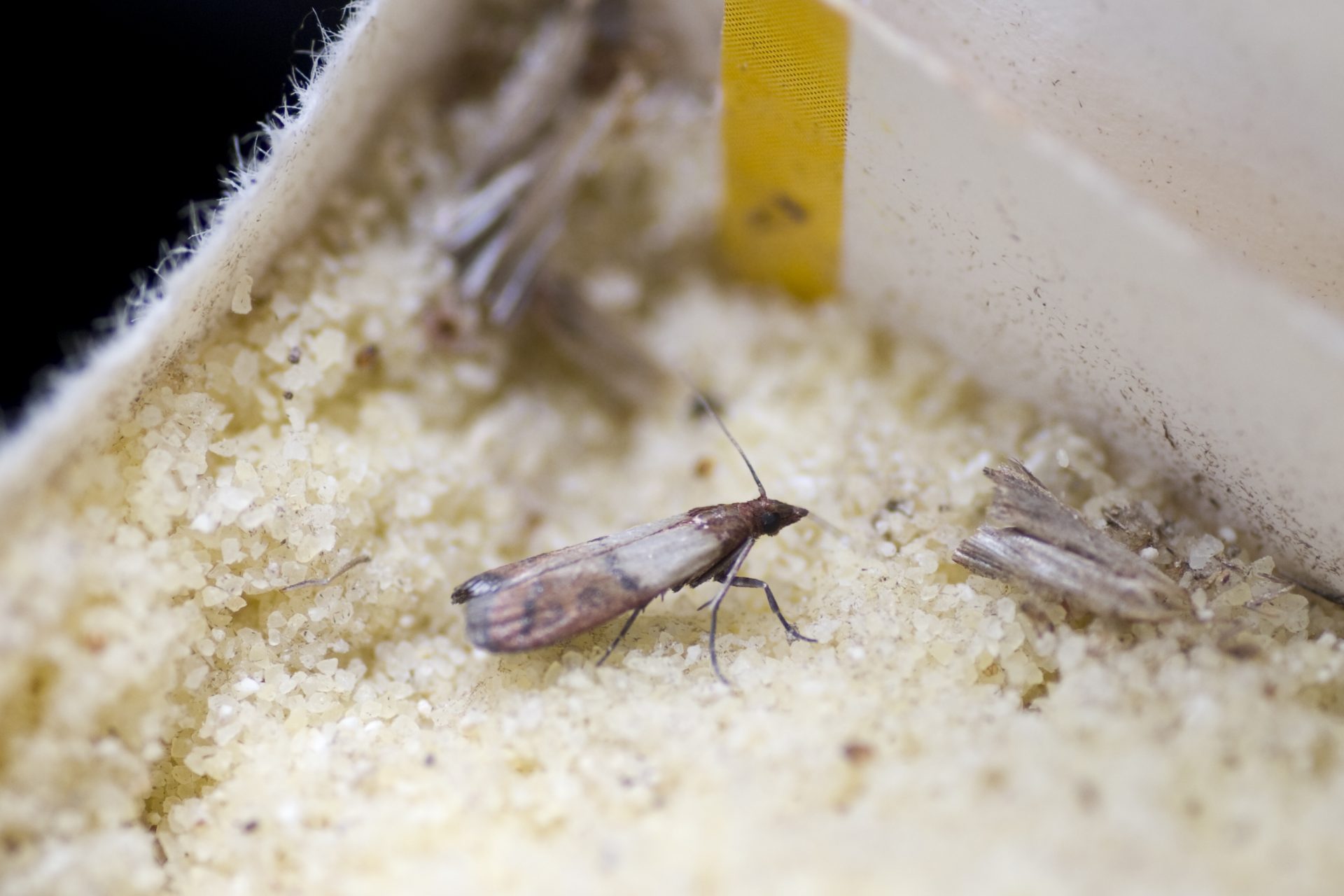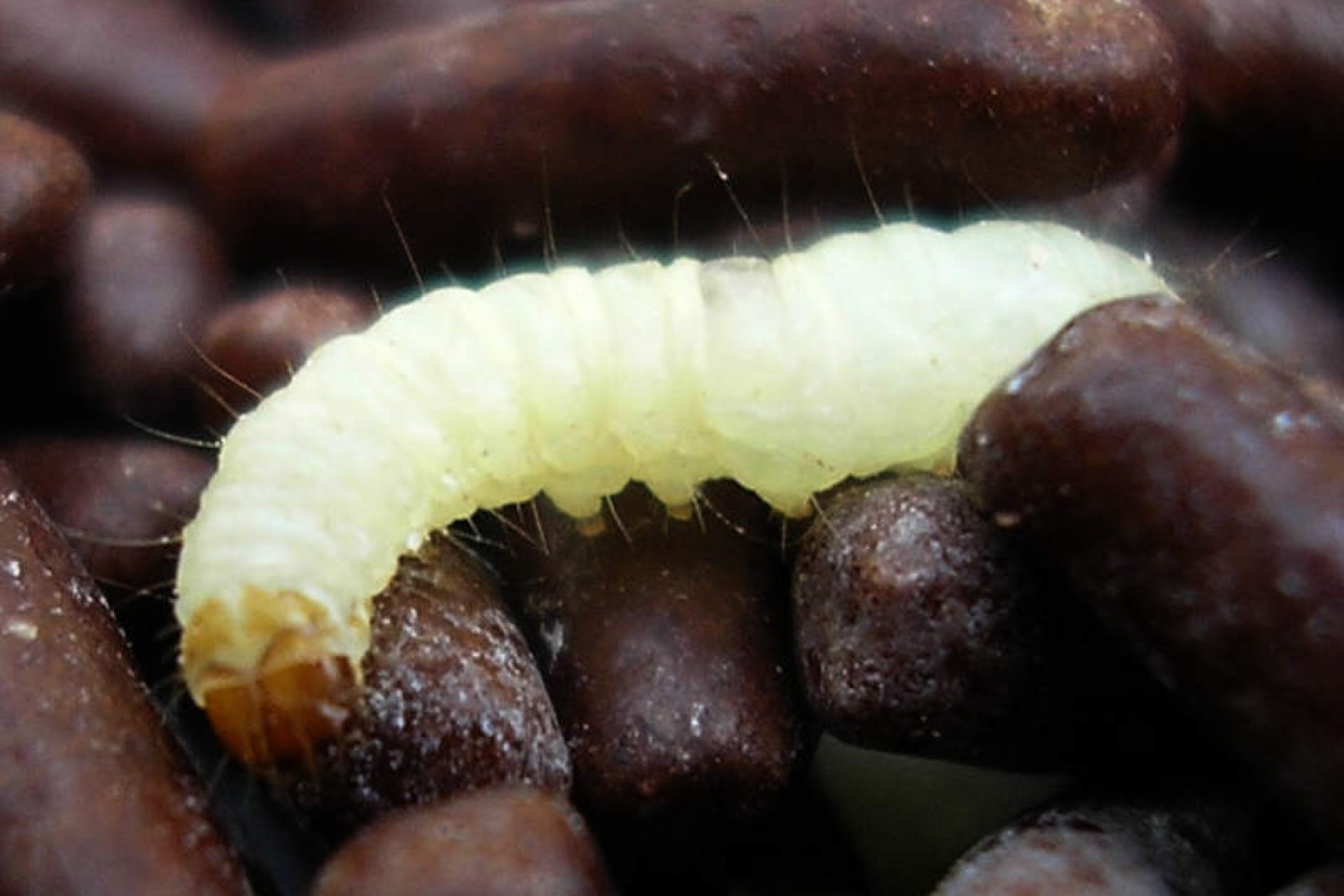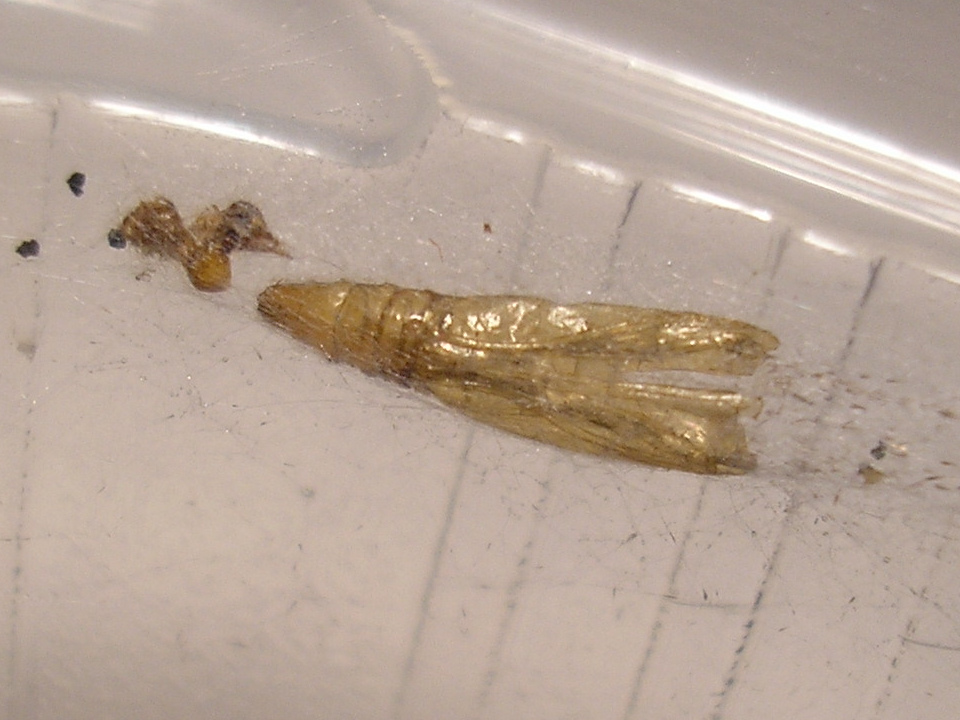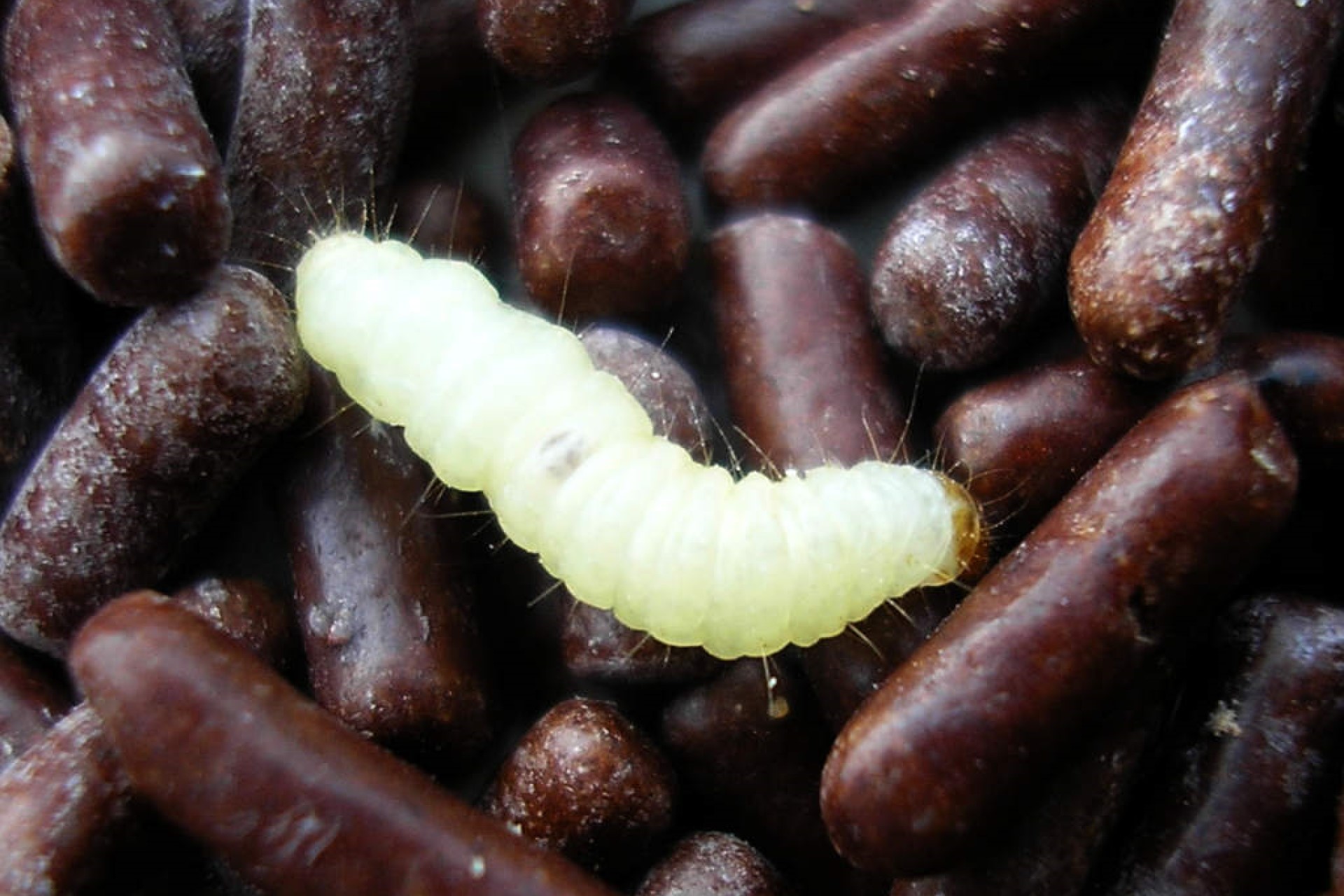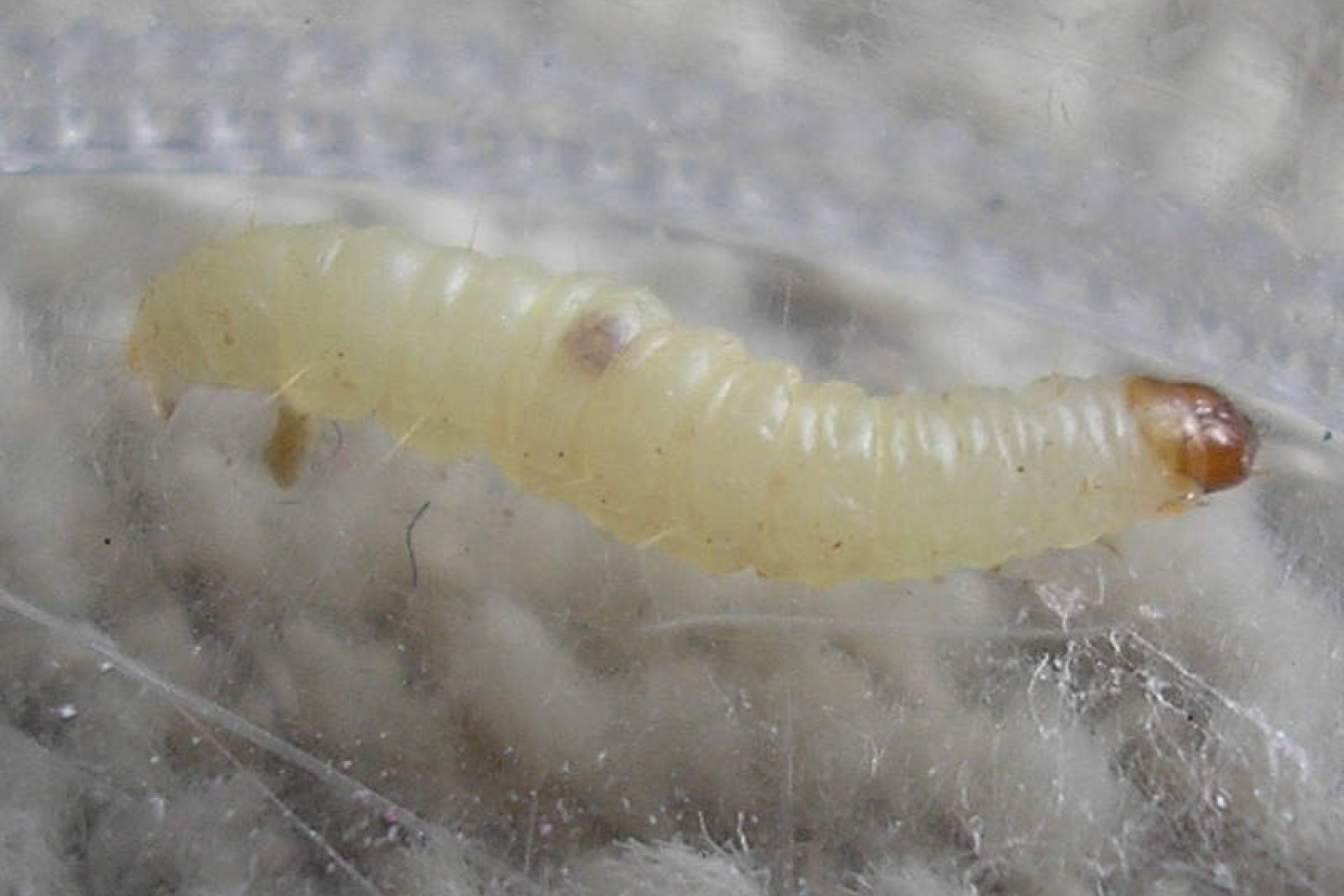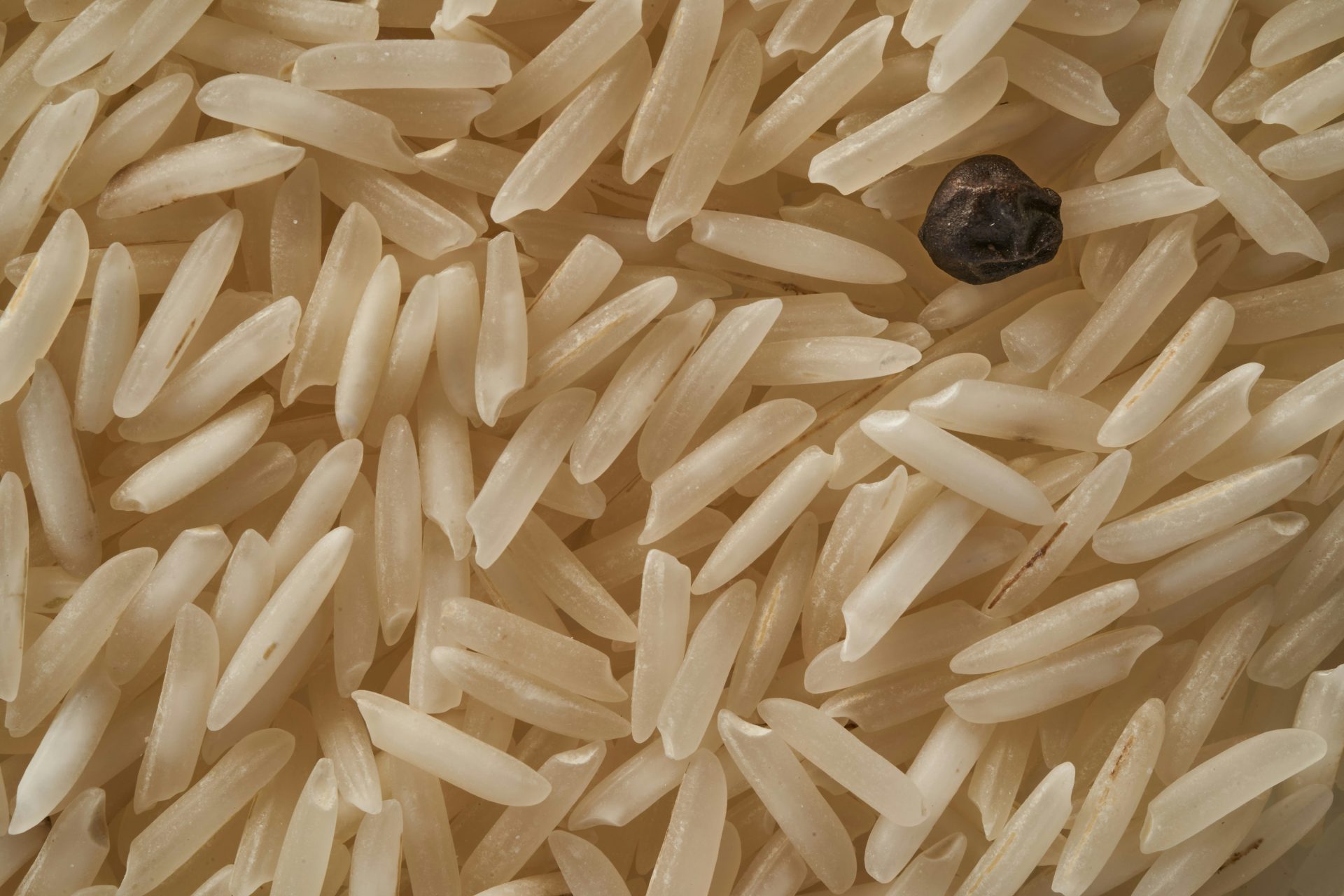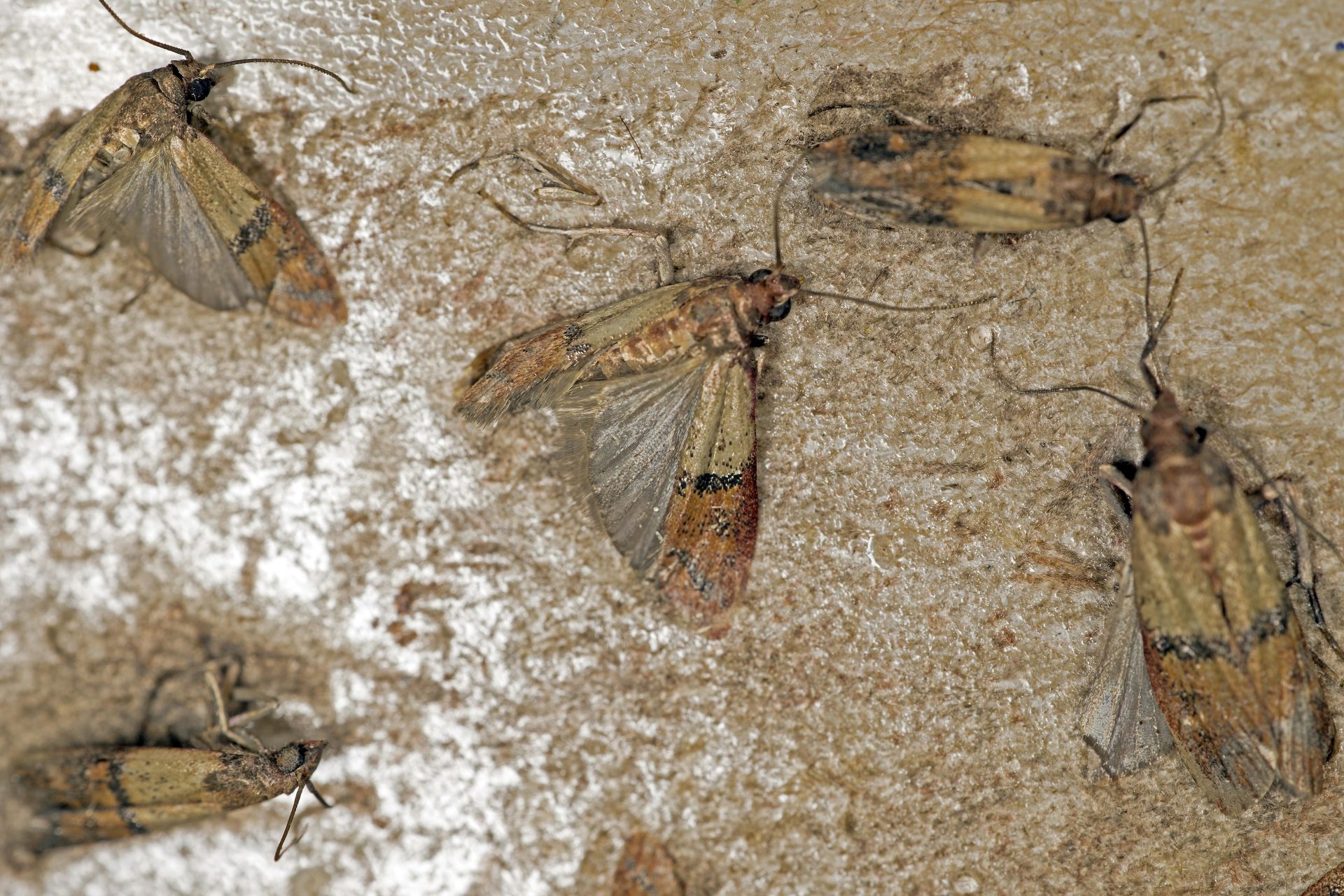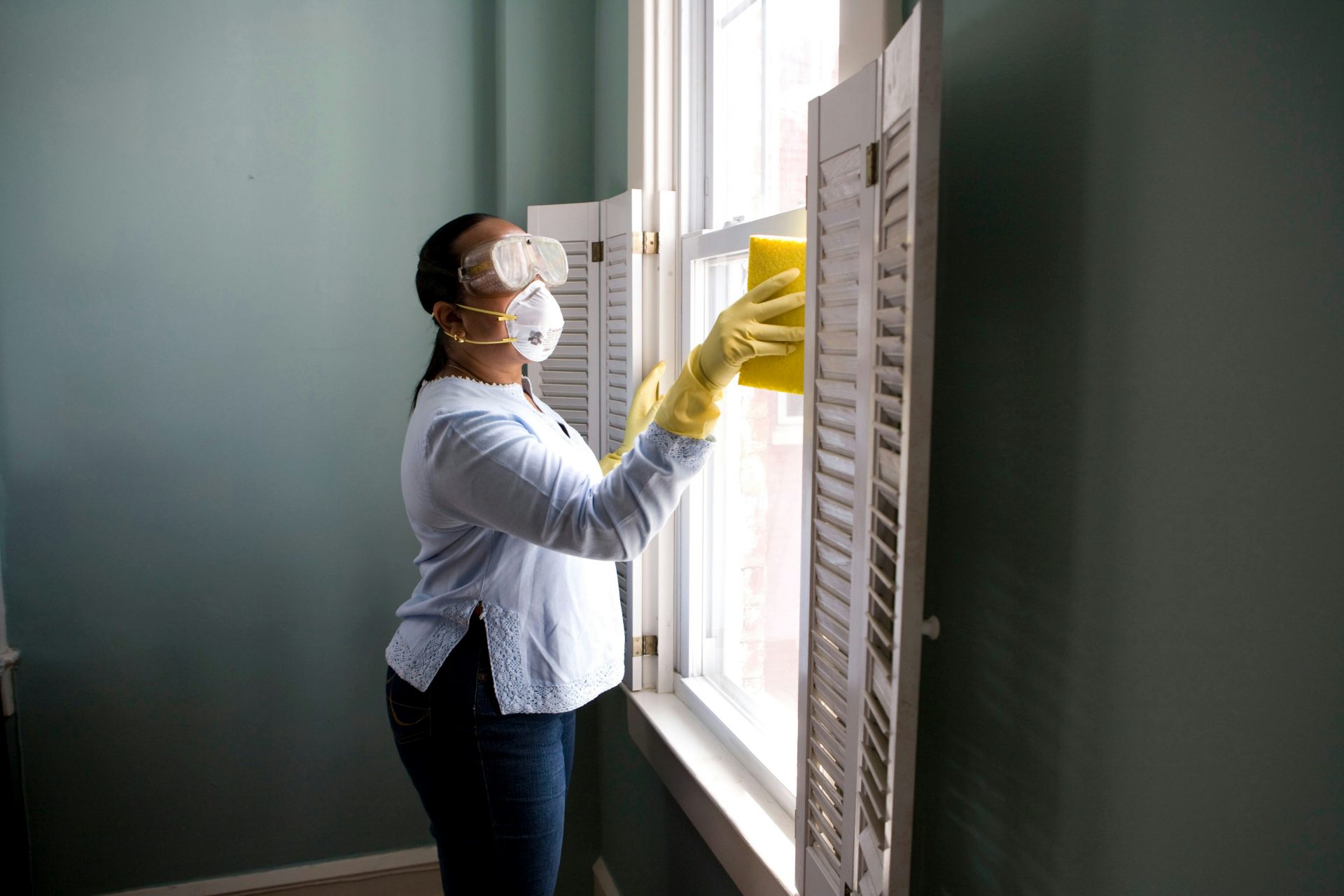How to get rid of food moths in your pantry
From silverfish to ants, from mice, and flies, we all endure pests at some point. In warmer circumstances, you might be bothered by this specific flying creature.
We are talking about food moths, or the Indian meal moth, an insect that looks innocuous but can cause significant damage.
How do these creatures actually enter your home, and more importantly, how do you get rid of them? Read on to learn all about it.
The Indian meal moth is about 1 centimeter in size. When at rest, with its wings against its body, it has a reddish brown appearance with a creamy white band behind its head. When the moth spreads its wings, it appears to be cream-colored with a reddish-brown tint at the outer wing tips.
This small flying insect is very eager to find stocked food. The larvae mainly eat grains and dry foods such as rice, crackers, oatmeal, and pasta.
Photo: Melissa Di Rocco / Unsplash
Meal moths can easily fly into your home. They can also enter through bird nests near your home. The larvae can even live in stuffed animals, according to WebMD.
Photo: Dawid Zawila / Unsplash
Foods you have purchased may be already contaminated with flour moth eggs or larvae without anyone noticing it. Packages of oatmeal, rice cakes, corn cakes, crackers, and rice may contain eggs or larvae.
Photo: Franki Chamaki / Unsplash
According to the Animal Pests Knowledge Advice Center (KAD), the meal moth quickly goes through four stages of development from egg to adult. This cycle of development allows meal moths to spread quickly in environments where food supplies are available.
Photo: Rick Barrett / Unsplash
Female meal moths can lay between 200 and 500 eggs, depending on the temperature of the environment and the availability of food. After laying eggs, females live an average of 1 to 2 weeks, with their energy completely focused on reproduction. In favorable conditions, this can lead to rapid population growth and an increased risk of food contamination in households.
Photo: Sarefo, CC BY-SA 4.0 / Wikimedia
The adult moths rarely cause any damage because they do not eat and are solely focused on reproduction. The real damage to your groceries is caused by the larvae.
The larvae of storehouse moths attack a wide variety of stored products, including flour, bran, oatmeal, cocoa beans, grains, nuts, dried fruits, and other vegetable products. They can even chew through the packaging of products containing chocolate and nuts.
Photo: Pudding4brains, Public Domain / Wikimedia
After eating enough of the food, the larvae withdraw to cracks or secure places in the walls of storage rooms or cupboards so they can pupate. That process takes an average of 1 to 2 weeks, although this may take longer at lower temperatures.
Photo: Pudding4brains, Public Domain / Wikimedia
This stage of the meal moth's life cycle plays an important role in their reproduction and spread to new locations within a household. In places where the temperature is 18-20°C (64-68º F), meal moths can produce up to 4 generations per year.
Photo: Aaron Doucett / Unsplash
Indian meal moths are attracted to light sources. If you see moths flying into your kitchen, it is wise to check your cupboards immediately.
Photo: Chris Leggat / Unsplash
The white larvae are clearly visible in foods. You can also recognize them in clumped flour or meal.
Photo: Pudding4brains, Public Domain / Wikimedia
In addition, if you notice cobwebs in your kitchen cupboards or food packages, you can be sure they have been caused by flour moths.
Photo: Pudding4brains, Public Domain / Wikimedia
Consuming food that's been contaminated by moth larvae is unhealthy. It can lead to allergic reactions, such as inflammation of the mucous membrane, or even intestinal blockage due to swallowing the silk in which the larvae live.
Photo: Zohre Nemati / Unsplash
Throw away any clumped flour, rice, or malt that appears to have been damaged by food moths.
Photo: Wolfgang Hasselmann / Unsplash
Koen Wauters, science journalist at Belgian broadcaster VRT, made a list of things you can do to get rid of this flying pest in no time!
Follow Showbizz Daily to see the best photo galleries every day
First, start by identifying breeding grounds and remove affected foods immediately.
Second, store sensitive, yet unaffected foods in glass jars or sturdy plastic containers that close tightly, so the moths and larvae cannot get in.
Photo: Denise Johnson / Unsplash
Completely empty the kitchen cupboards and vacuum them thoroughly. Don't forget the cracks, spaces under the shelves, pre-drilled holes, and possibly the space under the cabinets. Those are the places where the larvae may have settled to pupate.
Photo: Jason Briscoe / Unsplash
Then clean the cabinets with water and vinegar. Meal moths don't like vinegar.
Finally, to check if all the moths are gone, place a pheromone trap in your kitchen cupboard and in the kitchen. If none of them appear, your pantry should be moth-free.
We have saved a simple preventive measure for last. Only leave open windows and doors that have mosquito screens. This way you prevent these creatures from flying in during the dark hours. It's a simple but effective method.
Photo: Valentina Locatelli / Unsplash
If you are dealing with a serious meal moth infestation, it is wise to consult a specialized pest controller. They have the expertise and resources to effectively tackle the problem and prevent the further spread of larvae and moths. Good luck!
Photo: CDC/Unsplash
Follow Showbizz Daily to see the best photo galleries every day

